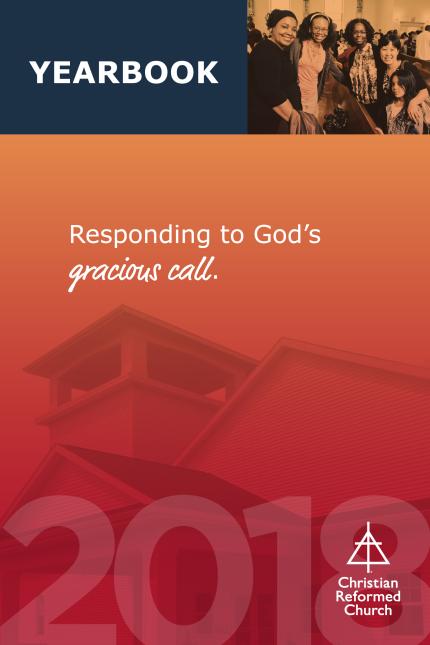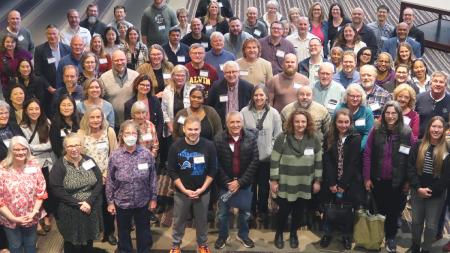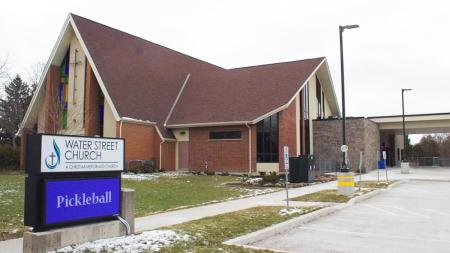Yearbook 2018 Available

Both the hard-copy and digital versions of the Christian Reformed Church in North America Yearbook 2018 are now available, providing, as always, a list of churches, classes, and an alphabetical list of ministers, and giving a statistical breakdown of membership, baptisms, transfers, church beginnings, and church endings.
In addition to being available online, the Yearbookis available in hard-copy and digital formats through Faith Alive Christian Resources.
“In this electronic age of quicker, current, and readily accessible information, we have transitioned to a directory format for this Yearbook,” writes Steven Timmermans, executive director of the CRCNA, in the introduction.
Also, says Timmermans, a new Yearbook Supplement is a separate collection of church information available on the online Yearbook’s Church Finder page and is current as of Jan. 1, 2018. The Yearbook Supplement will be available in a few weeks as a digital download from Faith Alive Christian Resources.
The supplement provides a directory of churches listed alphabetically by city and includes current addresses and contact information, service times, and basic membership statistics. Accessing the website, Timmermans said, provides the most current information available.
Because of churches joining the CRCNA and new church starts, the number of churches has increased slightly. For instance, the number of churches rose from 1,088 in 2016 to 1,094 in 2018.
While the Yearbook shows that this year’s number of professing members declined from 170,880 in 2017 to 165,806 in 2018, a decline of more than 5,000, that may be due to a change in the question asked in the annual Yearbook survey this year, said Rebekah Vanden Akker, Yearbook manager.
“There have been slight, year-to-year declines in that number, but it is possible the [larger] number this year is a result of how we requested the information in the 2017 questionnaire,” she said.
Previously, emerging churches — of which there are many — had the opportunity to report membership while their supervising church also could report membership statistics that included members of any emerging congregation they supervised. As a result, some members were double counted, but some weren't counted at all. This year, only the supervising churches were asked to report the memberships, she said.
Going forward, she said, it will be important for supervising churches to include this membership count for the emerging churches under their supervision for this category.


